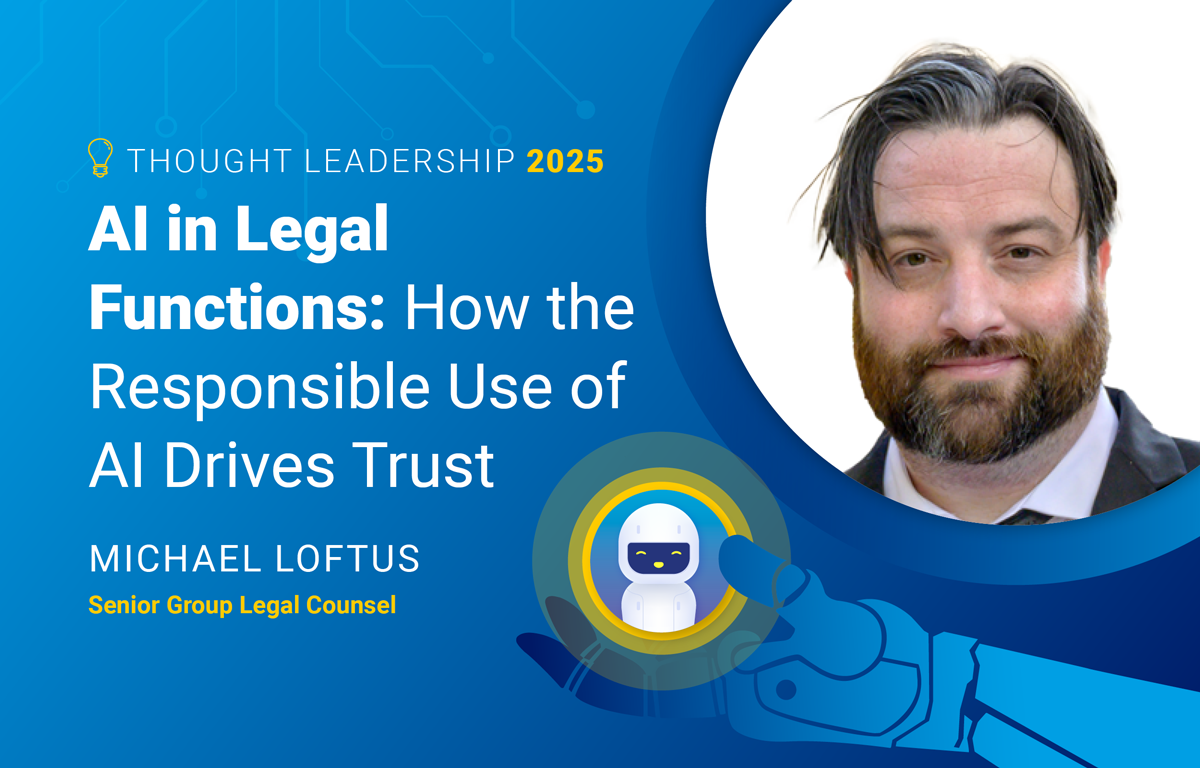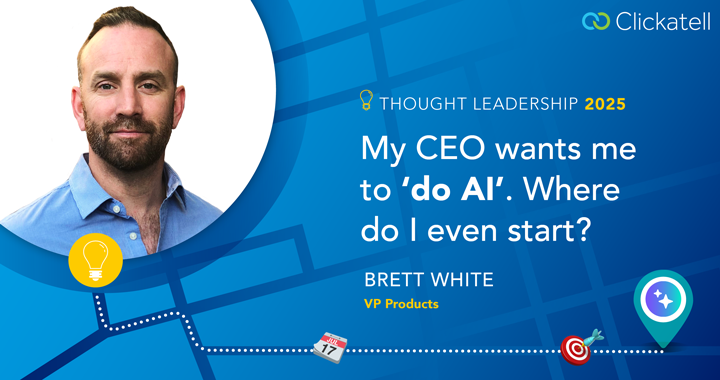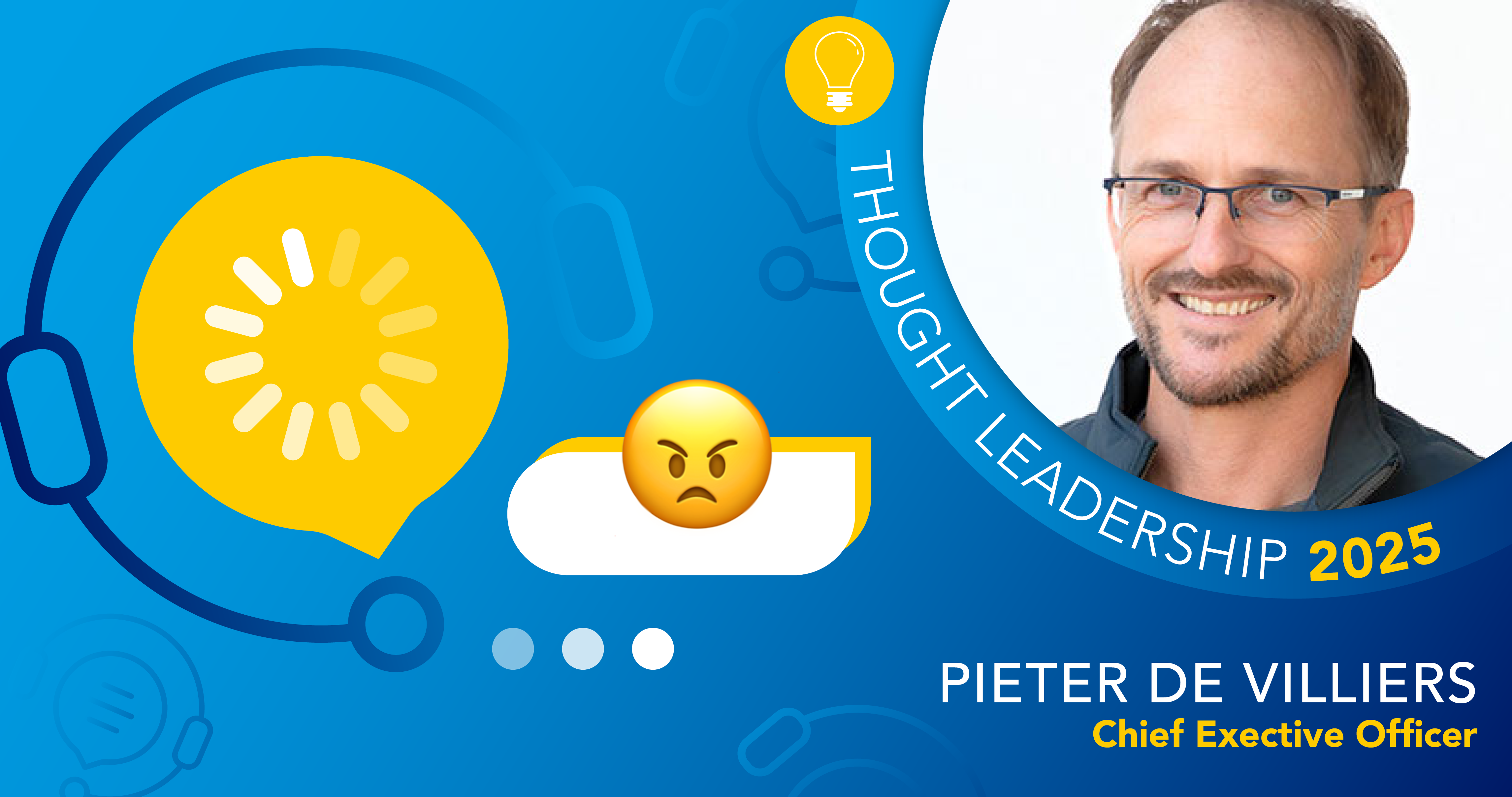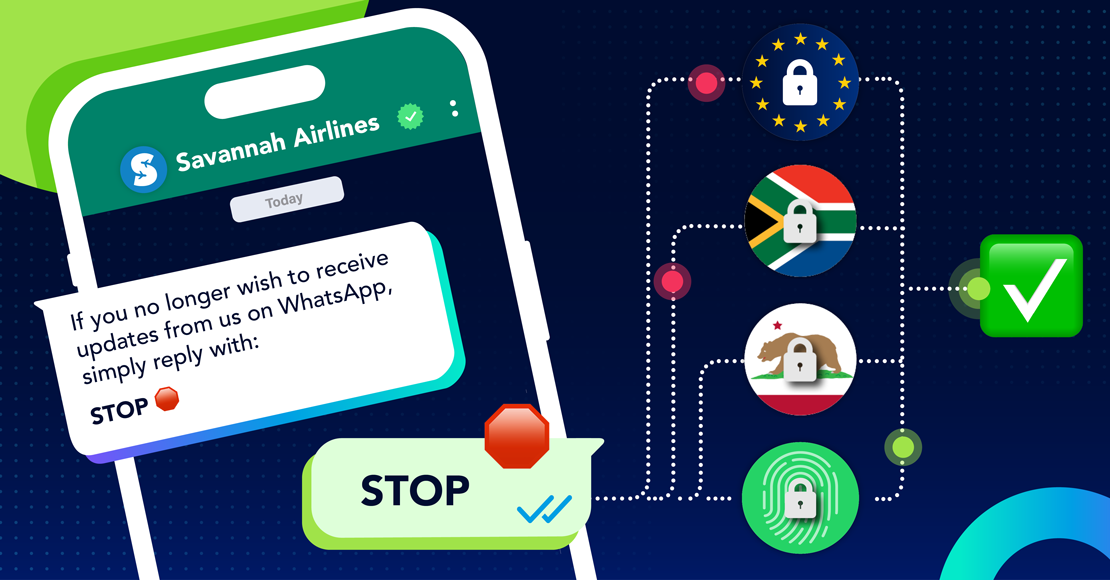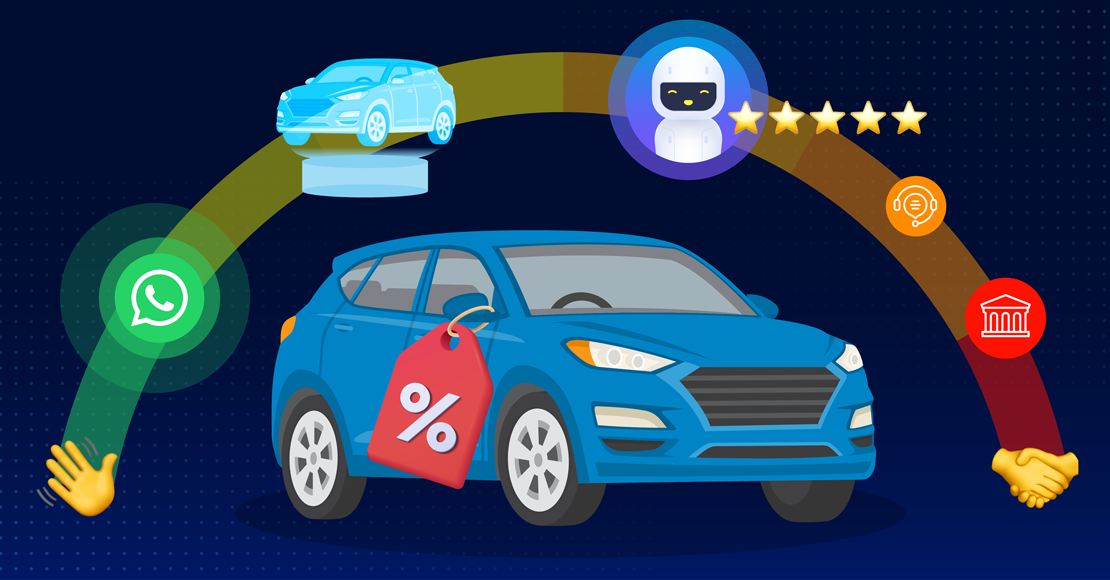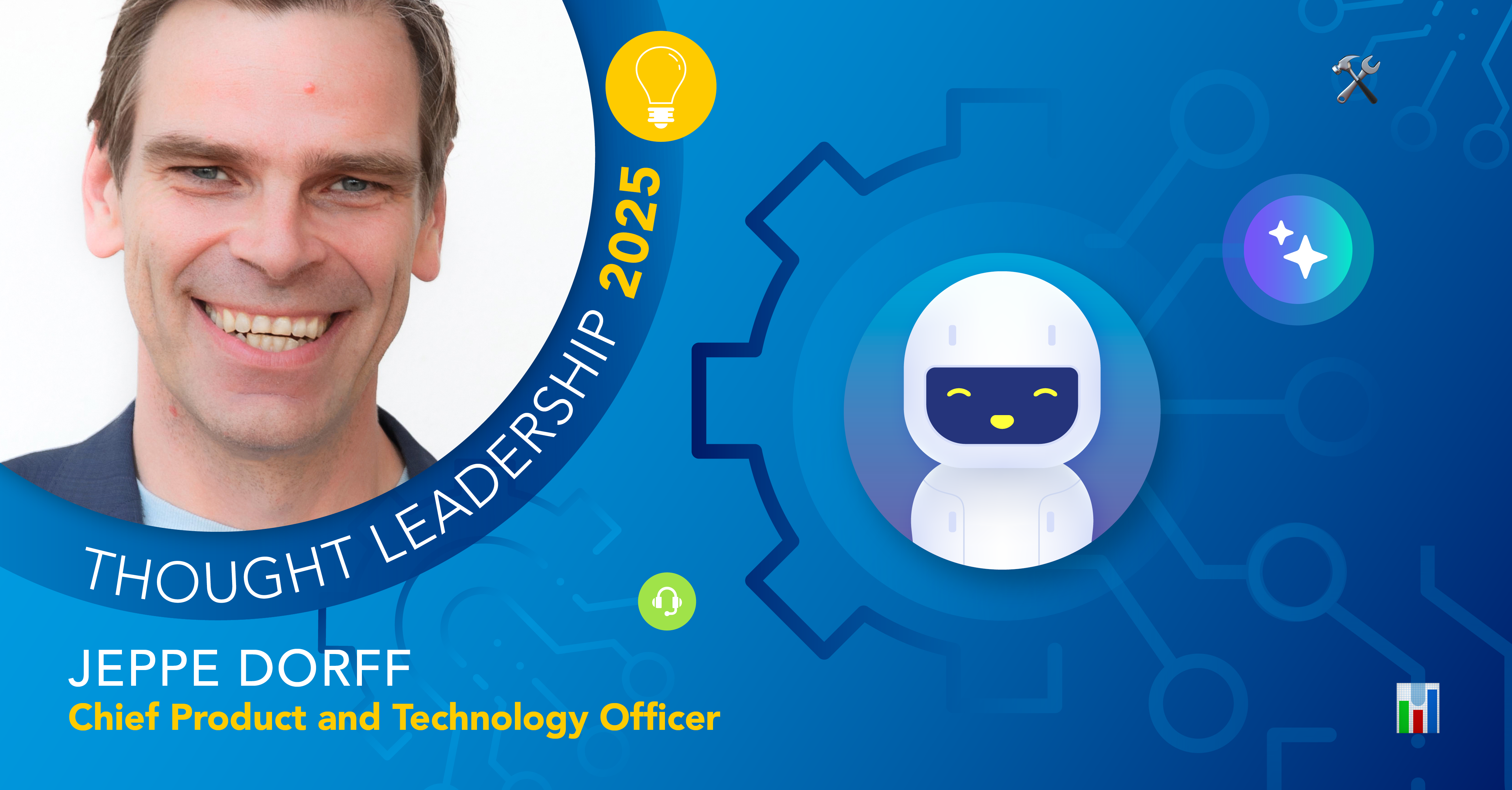
Many employees have never questioned the idea of receiving a paycheck every two to four weeks, and may not realize that even this experience can be profoundly disrupted, to everyone’s benefit, in the Digital Economy. Our most recent guest, Jeanniey Walden, Chief Innovation and Marketing Officer at DailyPay, described how employees and employers alike are benefiting from their ‘Pay-on-Demand’ system. We also discussed the impact of COVID-19 on DailyPay’s usage, as well as women in leadership in the Fintech industry and beyond.
‘Pay-on-Demand’ for the Digital Economy
Jeanniey gave us an overview of why ‘Pay-on-Demand’ is key for the Digital Economy and why she joined DailyPay: “When I was Global Chief Marketing Officer at Mercer (2016-2019), one of the areas of the business we focused a lot on was Financial Wellness. I had seen a significant number of studies talking about the lack of preparation around Financial Wellness for the average employee. I was keenly interested in looking at how a Financial Wellness approach could help to not only educate the consumer, but also create a benefit from an employer standpoint, to make an employer much more valuable and trusted by the employees and create a great work dynamic. When I met Jason Lee, the founder and CEO of DailyPay, he told me his mission was very simple and clear, to transform the way that pay works into something that can be leveraged in a digital economy by an entirely new generation of workers - the Millennials and Gen Z's. Interestingly, workers actually used to get paid daily before World War II, it was changes in the economy regarding taxes that required companies to effectively pay taxes on wages earned and that's where cycles of pay were introduced. But with the Digital Economy, this is ripe for change and there are clear benefits for both the employer and the employee. Millennials and Gen Z grew up in an ‘on-demand’ world. They grew up getting Uber when they wanted a car, UberEats when they wanted food, Airbnb when they wanted a hotel, Tinder when they wanted a girlfriend or boyfriend. If everything is ‘on-demand’, why not pay? This truly is transformative from a Digital Economy perspective. I became fascinated and compelled and couldn't see myself anywhere except DailyPay!”
Benefits for the Employers
Jeanniey described how a shift to on-demand pay is beneficial for both employers and employees: “When you give your employees access to their pay as they earn it, it immediately gives the employer a competitive leg up. Let's say I could work at Company A for $11 an hour, or Company B for the same rate. If Company B gives me access to my pay as I need it instead of making me wait two weeks or a month, Company B clearly wins! For the company, there is no cost to implement this because you're not really doing anything other than allowing your employees to have access to their pay as they earn it. There is no need to change your payroll system or time management system. If as an employee a bill comes in three days before payday and I'm a little short, I can pay it, versus being stressed out and needing to get a second or third job. It's beneficial for the organization because they can reduce turnover costs, which equates to real dollars on the bottom line. We have one customer that has about 50,000 employees using DailyPay that saw a savings of $10 million a month in turnover expenses, including recruiting expenses and training / onboarding expenses, simply because employees were staying longer. Similarly, with a call center company we work with, the average amount of time that a new hire would stay with the company was three days! After three days, people felt like the job was too hard and they would leave. By offering DailyPay, they were able to eliminate the three day resignation trend and get a significantly higher number of people to stay past 90 days. They found that if they could get people to stay past 90 days in this company, they would then stay on for years!”
Benefits for Employees
“On the employee side, having access to your money when you need it allows you to take care of unexpected expenses, without having to borrow money from friends and family or without having to take a loan or access your 401k earlier. In studies that DailyPay has done we've seen the average person saves $1205 a year in high interest rates, late fees and overdraft fees when they use DailyPay. Especially during COVID-19, we've been seeing DailyPay be a bridge for the family where a spouse might have taken a pay cut or lost their job. So, for example, if my daughter's soccer tournament comes up and we don't have enough money to pay the fee because my husband’s income isn't what it used to be, with DailyPay we can make it work until his unemployment check comes in or he finds another place to work. It's truly a lifesaver for an entire family. There are reports from Pew and other researchers that show that anywhere between 78% and 87% of working Americans are living paycheck to paycheck, meaning that they have less than $400 in their savings account and when an unexpected expense comes up, they're not prepared to handle it.”
Jeanniey described three broad categories of typical DailyPay users:
“1) Users who are truly living paycheck to paycheck and working their way out of a hole to be more financially solvent. They're consistent users who might use it for a few months at a time until they can get themselves into a better financial scenario.
2) One-time users. For example, someone may have just got into a car accident and they weren't expecting the deductibles to be as high. Another example is a woman who called us when she was visiting her sister and her car was towed. She just didn't have the money available to get the car out of towing, but other than that one time, she's normally doing fine financially.
3) Users with a household need. For example, maybe someone else in the household has had their pay affected and they use DailyPay to bridge a gap for the family as they try to get back onto more solid economic ground.”
Distinctions in the On-Demand Payroll Market: B2B vs B2C
Jeanniey explained how the ‘on-demand’ pay market is broadly divided: “The market is broadly split into companies that offer the pay directly on-demand to the consumer (B2C), and those companies that offer it through the employer (B2B). DailyPay offers on-demand pay through the employer by integrating seamlessly for no cost with the company's payroll and time management system. This ensures that if you've worked five days, and you've made $1500, when you open up your DailyPay app, we have the amount of hours that you worked and your rate of pay, so we can show how much you've earned this pay period. It's valid, there's no question, it's your money and you earned it. The B2C companies, on the other hand, don't have this validation. What they do is say: ‘Send me your last three paychecks, and if you average say $100 a day and you tell me you've worked three days this week, we let you take up to $300 out.’ This opens a lot of potential loopholes, and in a way is similar to payday loan companies, just a digital version. In addition to these B2B vs B2C differences, some of the payroll companies are now saying: ‘Hey, we already do your payroll, let us offer on-demand pay.’ But this puts the onus on the payroll team inside the company to manually process pay every day. If you've got 10 employees, maybe it's not that bad. But if you're a company with 300,000 employees, can you even imagine a payroll team of six trying to manually process everyone’s pay as needed? This is where DailyPay’s solution fits well: we provide a full ecosystem of on-demand pay support, including call center support, an outsourced payroll approval process and compliance checks.”
Impact of COVID-19
We asked Jeanniey how COVID-19 has impacted how people are using DailyPay and what trends they have seen: “When you use DailyPay, you have the option to give us feedback on why you're using the app, for example, ‘I’m paying the rent’ or ‘buying gas’ etc. Before the pandemic, we saw that the highest usage day was Valentine's Day, the usage was off the charts! Then at the beginning of the pandemic, people were stockpiling and we saw significant usage from new DailyPay users who wanted to buy masks, gloves, sanitizers, medicine, paper towels and toilet paper. Then months into the pandemic we saw a shift to a large percentage of usage directed towards cell phone bills. At first we couldn't figure out why this was happening, and then it dawned on us that with everyone being quarantined and in the household using the same bandwidth, people were either running out of bandwidth or they were using their cell phones because their home internet wasn't strong enough to support two working parents and school aged kids etc all trying to do everything online.”
Women in Leadership
As Jeanniey has recently won awards such as the 2020 Stevie Award for Women in Business, Top 10 Women Role Models in Fintech and the Top 25 Women Leaders in Financial Technology, we asked her to share her perspective on the importance of having women in leadership roles: “Throughout my entire career, I considered myself extremely fortunate to be given the opportunity to have a leadership role. I was the first female C-suite hire outside of the founders of DailyPay and I think it's really important to showcase strong women in leadership roles. In my early days, I never saw the difference between a man and a woman in a boardroom or at an executive table, I just saw the work that was created. I've always built my career off keeping focused on the quality of the job and letting the rest sort itself out. This being said, I have also had a lot of opportunity to see the research behind diversity inclusion studies with women in the workplace, and there's an interesting statistic that always blows my mind: the average man will apply for a job that he is 67% qualified for, while the average woman will apply for a job that she is 110% qualified for! This kind of mindset holds women back, so I'm a big proponent of women in the workforce being brave and fearless and taking the opportunities in front of them, at any stage of their career!” Jeanniey has also launched her own website which serves as a resource for women looking for inspiration and insight in the Fintech industry and beyond.
We are very grateful to Jeanniey for sharing these fantastic insights with us, many of which resonated with insights shared by our previous guests. For example, the idea of how certain traditionally underserved populations can be empowered in the Digital Economy or how decades old industries can be ripe for structural disruption. Please also share your insights with us on this topic: have you experienced situations where a change in the accessibility of pay has made a difference to you personally or to your business? We look forward to continuing this discussion in future posts.
Step into the future of business messaging.
SMS and two-way channels, automation, call center integration, payments - do it all with Clickatell's Chat Commerce platform.

